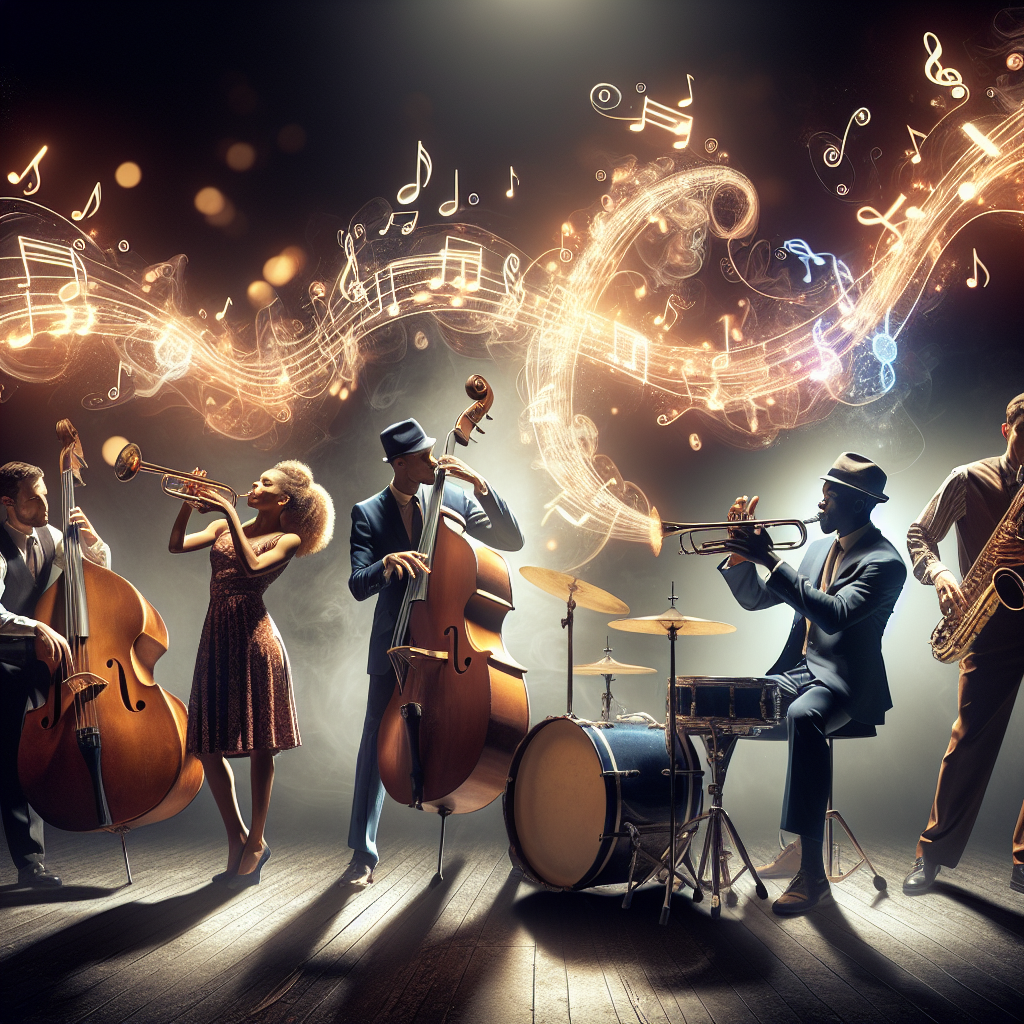Rhythm and Blues, adapted and widely known by its acronym, R&B, is a genre of popular music that emerged from the African American community in the U.S. during the late 1940s. The amalgamation of jazz, gospel, and blues music gave birth to this unique and riveting genre that has evolved and diversely influenced music for over seven decades.
The ‘50s
The musical scene of the ’50s laid a solid foundation for Rhythm and Blues. Originating from traditional African music, it evolved to incorporate a distinctive backbeat and improvisational style. The piano and saxophone were the primary instruments, and artists like Ray Charles and Sam Cooke were leading the way, integrating traditional gospel with R&B, birthing a new brand of soul music.
The ‘60s
The ‘60s witnessed a further evolution of R&B with the advent of Motown and Stax Records. Pioneers like Otis Redding, Marvin Gaye, and Aretha Franklin emerged on the scene, producing hits that topped the charts and gained international recognition. The age continued to feed off its gospel roots while introducing a pop feel to the music, opening up the genre to a wider audience.
The ‘70s and ‘80s
The ’70s and ’80s saw a shift in R&B music. It began to absorb influences from funk and disco. The decade brought massive technological advancements resulting in a larger production value. The advent of the synthesizers and drum machines led to a rhythmic, danceable new form of music – a divergence from the original R&B aerosphere. Notable artists include Stevie Wonder, Michael Jackson, and Prince, interpreting the prevalence of pop-oriented Rhythm and Blues known as contemporary R&B.
The ‘90s
In the ’90s, contemporary R&B became the most popular form of African-American music. It began incorporating elements from hip-hop, resulting in the birth of a new sub-genre, Hip Hop Soul, with artists like Mary J. Blige and R. Kelly at its helm. The blend of R&B soulfulness and hip-hop’s grit gave the music a more edgy and modern appeal.
The 2000’s
The digital era significantly changed R&B music. As Garage and Electronic music gained popularity, R&B rode the wave too. A novel, futuristic sound was born out of these combinations – an evolution depicted by artists such as Usher, Alicia Keys, and Destiny’s Child.
Present Day
Today, R&B continues to evolve, pushing the boundaries of form, structure, and texture. The internet has seen a generational shift, offering global platforms like Spotify and Soundcloud. R&B has become more diverse and inclusive of various sounds and ideas, as demonstrated by artists such as Frank Ocean, H.E.R., and The Weeknd.
Conclusion
The story of Rhythm and Blues is indeed one of evolution and transformation. It’s a story shaped by cultural shifts, technological advances, and the unfettered spirit of artistic innovation. Over seven decades, what was once a fringe genre in American music has ultimately become a dominant, influential force within world music. Even as it progresses, R&B music continues to stay true to its origins, reminding the world of its rich, vibrant history.
Frequently Asked Questions
-
What is the significance of Rhythm and Blues music?
Rhythm and Blues (R&B) plays a significant role in popular music, contributing to the development of rock & roll, soul, gospel, and jazz genres. It continues to reinvent itself, influencing various contemporary musicians and music styles worldwide.
-
How has R&B evolved over the decades?
R&B has evolved by consistently embracing and fusing influences from other genres and incorporating advanced technology in music arrangement and recording. The journey from an era dominated by piano and saxophone, to the digital age tells the story of R&B’s dynamic evolution.
-
Who are some notable artists in the R&B genre?
Ray Charles, Aretha Franklin, Stevie Wonder, Michael Jackson, Destiny’s Child, and H.E.R., are a few notable artists who have significantly contributed to the evolution of Rhythm and Blues.
-
How has technology affected the evolution of R&B?
Technological advancements have played a crucial role in shaping R&B music. From the introduction of electric instruments, synthesizers, drum machines, and digital music formats, to platform sharing music globally – technology has facilitated its transformation and accessibility.
-
What role does R&B play in today’s music?
Today, R&B is a significant genre in the global music industry. It has branched into multiple sub-genres and has greatly influenced modern POP, Hip-hop, Electronic and Indie music scenes.




